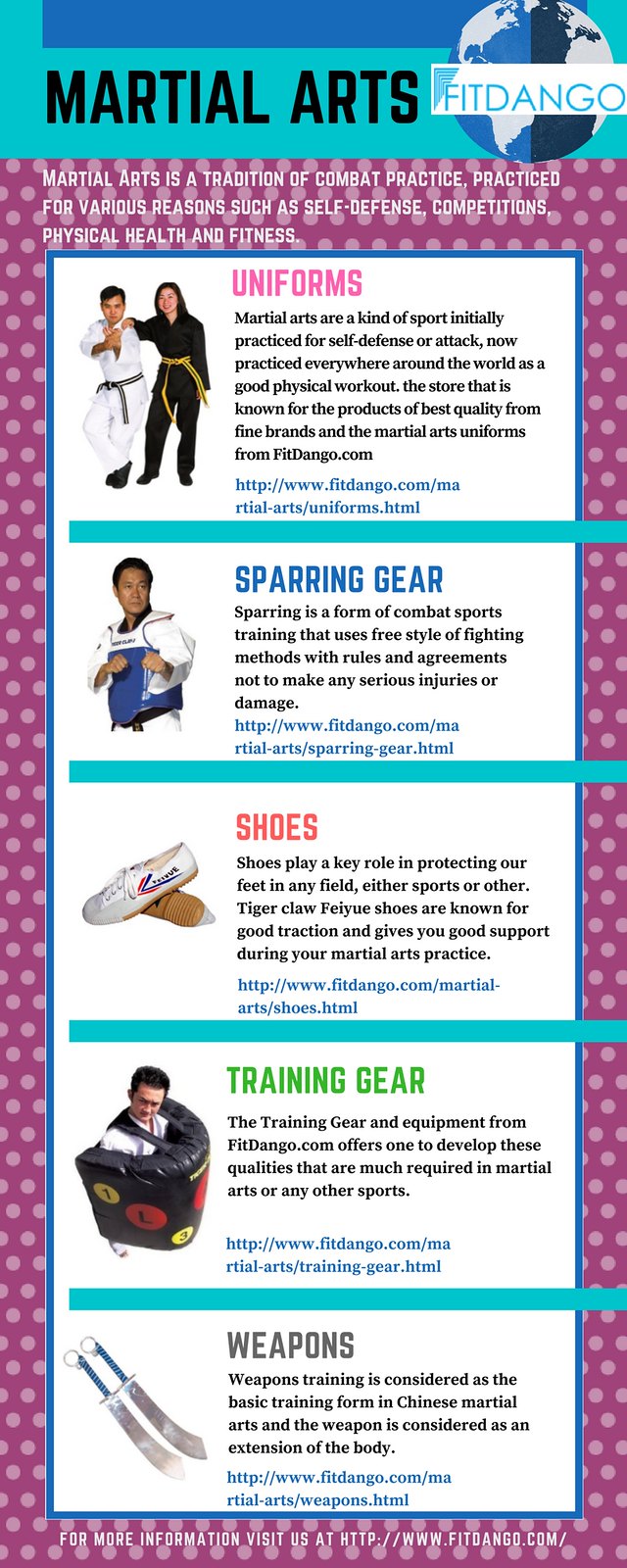The Growth And Historic Context Of Martial Arts Worldwide
The Growth And Historic Context Of Martial Arts Worldwide
Blog Article
Material Writer-Egeberg Graham
Martial arts have an interesting history that extends centuries and continents. You might discover it intriguing exactly how ancient methods like Shuai Jiao and Kalaripayattu laid the groundwork for modern combat strategies. These disciplines not just stress physical skills but likewise show the cultures that birthed them. As you discover their advancement, consider how globalization has changed these traditional types into crossbreed styles. What impacts do you think have formed today's martial arts landscape?
Ancient Martial arts: The Structures of Combat
As you delve into the world of old martial arts, you'll discover the abundant foundations that formed combat strategies across societies. Very early methods focused on Self-Defense and survival, typically integrating strikes, hurting, and weaponry.
In ancient China, for instance, techniques like Shuai Jiao highlighted throws and joint locks, while India's Kalaripayattu showcased dexterity and fluid motion. https://zanezhnng.idblogz.com/35979214/grasping-martial-arts-the-development-of-self-defense-classes established Kenjutsu, a refined swordsmanship that highlighted self-control and approach.
These martial arts offered not just for battle but likewise as a means of individual development, instilling values like regard and perseverance. The mixing of these methods gradually prepared for the varied martial arts you see today, each reflecting the one-of-a-kind viewpoints and requirements of its culture.
The Social Impact on Martial Arts Development
While martial arts often reflect the sensible needs of a culture, they likewise personify the social worths and ideas of their beginnings. When you explore different martial arts, you'll discover how they're influenced by religious beliefs, ideology, and social standards.
For instance, the focus on regard and self-control in Japanese martial arts stems from Zen Buddhism and samurai society. In contrast, Brazilian Jiu-Jitsu promotes adaptability and strategy, formed by the demand for efficiency in a diverse, modern atmosphere.
You may locate that the routines, uniforms, and training methods mirror a community's history and identity. By understanding these cultural influences, you deepen your appreciation of martial arts and their function in shaping human experiences around the world.
Modern Adaptations and the Globalization of Martial arts
Martial arts have changed considerably in current decades, adjusting to contemporary society and global impacts. read on 'll observe that conventional forms have blended with contemporary techniques, producing hybrid styles like MMA. These adjustments accommodate diverse target markets, making martial arts easily accessible and appealing globally.
With the rise of social media and digital platforms, you can find tutorials and competitions from all corners of the world, breaking geographical barriers. This globalization has resulted in a common gratitude for different disciplines, from Brazilian Jiu-Jitsu to Taekwondo.
As you engage with these arts, you'll recognize they're not nearly battle; they promote health and fitness, technique, and mental well-being.
Eventually, modern-day adaptations have enhanced the martial arts landscape, making it a dynamic and advancing technique.
Conclusion
In checking out the background and evolution of martial arts, you uncover a remarkable blend of strategies, societies, and viewpoints. From ancient disciplines like Shuai Jiao and Kalaripayattu to the modern-day adaptability seen in MMA, martial arts show mankind's pursuit for Self-Defense and personal growth. As karate for adults near me involve with these techniques, you not just gain skills however also a deeper admiration for the varied traditions that form our world today. So, proceed your trip and accept the art of battle!
